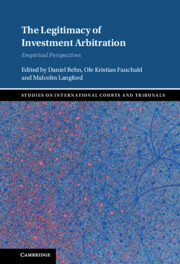Pulmonary tuberculosis (PTB) elimination efforts must consider the global growth of the ageing population. Here we used TB surveillance data from Texas, United States (2008–2020; total n = 10656) to identify unique characteristics and outcomes in older adults (OA, ≥65 years) with PTB, compared to young adults (YA, 18–39 years) or middle-aged adults (40–64 years). We found that the proportion of OA with PTB increased from 15% in 2008 to 24% in 2020 (trend p < 0.05). Diabetes was highly prevalent in OA (32%) but not associated with adverse outcomes. Death was 13-fold higher in OA compared to YA and was 7% at the time of diagnosis which suggests diagnostic delays. However, once TB was suspected, we found no differences in culture, smear, or nucleic acid detection of mycobacteria (although less lung cavitations) in OA. During treatment, OA had less drug-resistant TB, few adverse reactions and adhered with TB treatment. We recommend training healthcare workers to ‘think TB’ in OA, for prompt treatment initiation to diminish deaths. Furthermore, OA should be added as a priority group to the latent TB treatment guidelines by the World Health Organization, to prevent TB disease in this highly vulnerable group.

